How do I decide which anti-mouse PD-1 antibody is best for me?
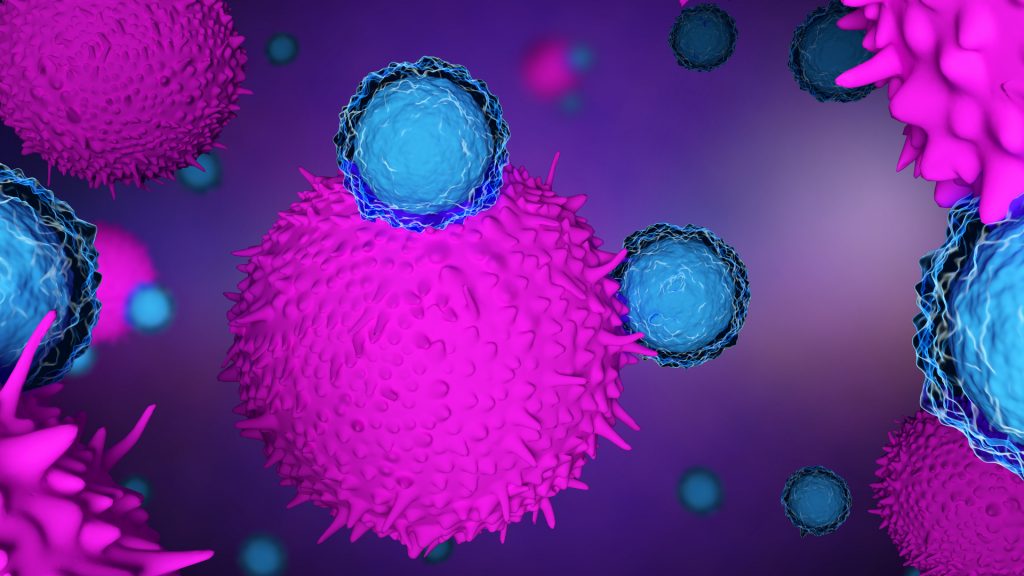
Bio X Cell offers three different anti-mouse PD-1 monoclonal antibodies: Clones RMP1-14, 29F.1A12, and J43.
All three of these antibodies are commonly used to block PD-1 signaling in vivo in murine tumor models and other mouse models. These three clones all have extensive multi-year publication records supporting them.
References
Although all three of these antibodies bind to mouse PD-1 and block its signaling in vivo through the same mechanism there may be one that is more popular than the others for your specific mouse model. This is best determined by searching and reading through the publication record for these clones.
We provide an extensive up-to-date reference list for each of these antibodies. These reference lists can be found at the links provided below:
Selected RMP1-14 references: https://bioxcell.com/product/invivoplus-anti-m-pd-1/?references=true
Selected 29F.1A12 references: https://bioxcell.com/product/invivoplus-anti-mouse-pd-1-cd279/?references=true
Selected J43 references: https://bioxcell.com/product/invivoplus-anti-m-pd-1-cd279/?references=true
In addition to these selected references, many additional references can be found using the publication search tool Google Scholar: https://scholar.google.com/. As an example, if you are working with an MC38 tumor model, searching for “RMP1-14 MC38” will produce many helpful references in which the RMP1-14 clone is used in MC38 tumor models.
Differences
The RMP1-14, 29F.1A12, and J43 antibodies were all created by different researchers at different times however, they were all created using standard hybridoma technology.
Clone RMP1-14 - This clone was first published in 2003 by Takanori Kanai et al. The immunogen used to create this antibody is reported as Syrian hamster BKH cells transfected with mouse PD-1 cDNA. The original publication describing the generation of this antibody can be found here: https://www.ncbi.nlm.nih.gov/pubmed/14530338
Clone 29F.1A12 - This clone was first published in 2003 by Spencer C. Liang et al. The immunogen used to create this antibody is reported as a recombinant mouse PD-1-Ig fusion protein. The original publication describing the generation of this antibody can be found here: https://www.ncbi.nlm.nih.gov/pubmed/14515254
Clone J43 - This clone was first published in 1996 by Yasutoshi Agata et al. The immunogen used to create this antibody is reported as Syrian hamster BKH cells transfected with mouse PD-1 cDNA. The original publication describing the generation of this antibody can be found here: https://www.ncbi.nlm.nih.gov/pubmed/8671665
InVivoMAb vs. InVivoPlus
All of our anti-mouse PD-1 antibodies are available in both our InVivoMAb and InVivoPlus formats. An explanation of the differences between these two formats can be found here: https://bioxcell.com/invivo-mab-vs-invivo-plus/
Featured Products:
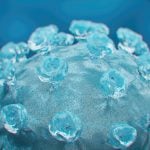
InVivoMAb anti-mouse PD-1 (CD279)
Clone: RMP1-14
Catalog #BE0146
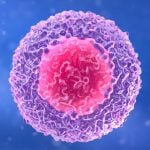
InVivoPlus anti-mouse PD-1 (CD279)
Clone: RMP1-14
Catalog #BP0146
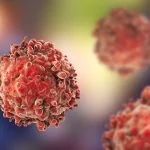
InVivoMAb anti-mouse PD-1 (CD279)
Clone: 29F.1A12
Catalog #BE0273
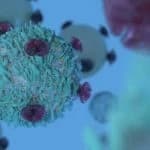
InVivoPlus anti-mouse PD-1 (CD279)
Clone: 29F.1A12
Catalog #BE0273
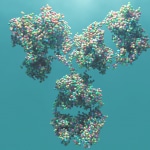
InVivoMAb anti-mouse PD-1 (CD279)
Clone: J43
Catalog #BE0033-2

InVivoPlus anti-mouse PD-1 (CD279)
Clone: J43
Catalog #BE0033-2
